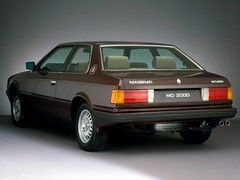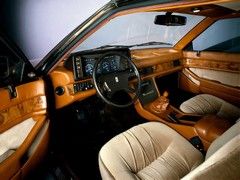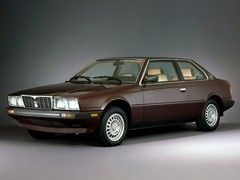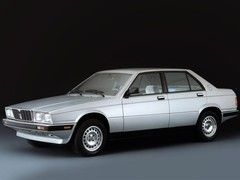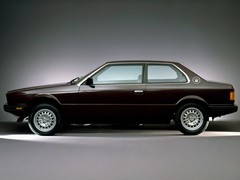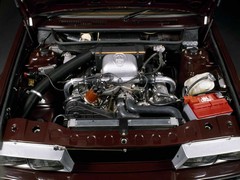Maserati Biturbo: Catch it while you can
Keith ponders a fling with a slightly wonky BMW 3-Series rival from the 1980s
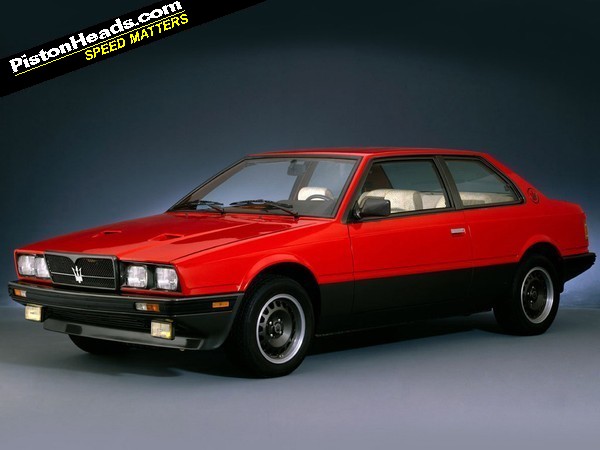
I'm also confident that I'm not the only car nut that loves the 'certain something' the Biturbo has. It was certainly a great idea at the time - and without it, we may well not have Maserati at all now. The supercar manufacturer had been in serious decline since the early 1970s, and despite the presence of the amazing V8-powered Khamsin and Bora supercars on the books, sales had slowed to a dribble by the end of that decade. Launching the Biturbo to bring some volume back to Maserati was no bad thing but, like so many good ideas, it didn't quite pan out as well as it might.
Don't get me wrong, with my love of projects, and my often misguided ambition to get them back on the road, the idea of a sub-£1,000 Maserati has always had a near narcotic appeal. Ten years ago, when covering my first classic car auction professionally, I dropped any shred of objectivity, by sticking up my hand on a 1987 four-door, with dodgy paint, a misfire, and rusting sills - and was subsequently outbid at £670. Wonder how the new owner got on with it?
The odds of it still being around are not looking terribly good. Sales might have been brisk in Italy - for a Maserati - from launch in 1981, and the arrival of the four-door and Spyder in 1984 extended appeal, but we didn't get official UK imports until 1986, and success in what should have been a good market for Maserati never followed. At the last count, there were 131 Biturbos left in the UK, but crucially, 91 of them were SORN'd, making it a reasonably priced garage ornament for many owners.
And that's a shame, because there's plenty to recommend a good one. It looks understated, with handsome three-box styling reminiscent of the Quattroporte III. Think of it as an alternative E30, with lashings of Italian flair. Dynamically, it wasn't as polished as its German rival - with the V6 delivering lots of power in a laggy way, and a tendency to lurch from understeer into snap oversteer with very little warning. And that's all well and good if the steering is quick enough to catch, but in the case of the Biturbo, that wasn't the case.
I can't help but love the way it looks, too. The square-cut styling is oh-so '80s, and the interior is a wondrous place to sit, with liberal lashings of Alcantara, premium-grade pleated leather, gorgeous rosewood, and a dashboard clock that wouldn't look out of place in Flavio Briatore's dining room. It also formed the basis of the later - and quite bonkers - Karif and Ghibli II. And that's probably why, after years in the doldrums, I'm seeing more and more gracing classic car events, often polished to within an inch of their life, and proud in their metallic brownness. Not bad for a car once described by a colleague as 'Maser's failed attempt at building a Triumph Acclaim'.
But most of the headline-grabbingly cheap ones have now gone, or are hidden from view, leaving us with some nice ones to buy, which is probably no bad thing. A quick scan of the PH Classifieds reveals that there are still some good ones out there. And still comfortably below the 3200GT - the car still considered to be the doyen of cheap Maseratis.
There are many known issues, such as oil-leaking V6s, high brake wear rate, electrical problems, and the biggie - rust. But despite the scare stories, the engines are tough, with full rebuilds only being needed if you're unlucky. Most electrical issues are well within the scope of a good auto-electrician, or anyone who can solder a dry joint (or ten), and as for rust - don't fret too much about cosmetic issues, and instead ensure that the bulkhead is in one piece. If not, then you're into big expense.
But, hell, does that sound any worse than any other 1980s performance car? For those of a nervous disposition, spend more than £5,000 on a clean one, garage it, cherish it, and make sure you budget for a good service once a year. The 222s and Spyders are probably the ones to have, and in fine fettle, these are fine driver's cars with oodles of appeal. As for me, I keep scanning the ads in hope that another project turns up - with rust, faded paint, and a sub £1,000 price tag. Clearly I am certifiable.
Gassing Station | General Gassing | Top of Page | What's New | My Stuff

